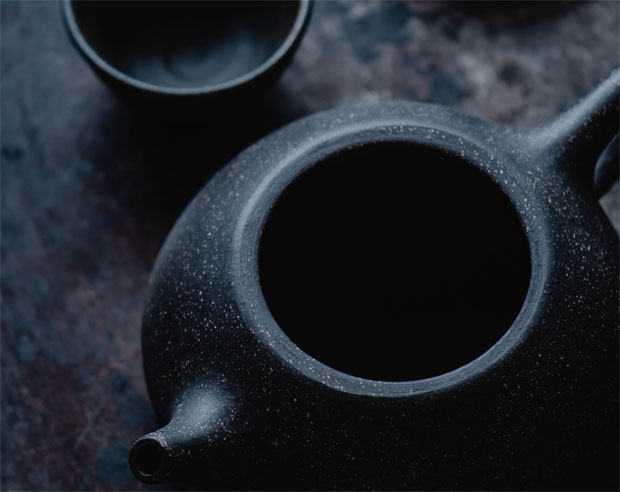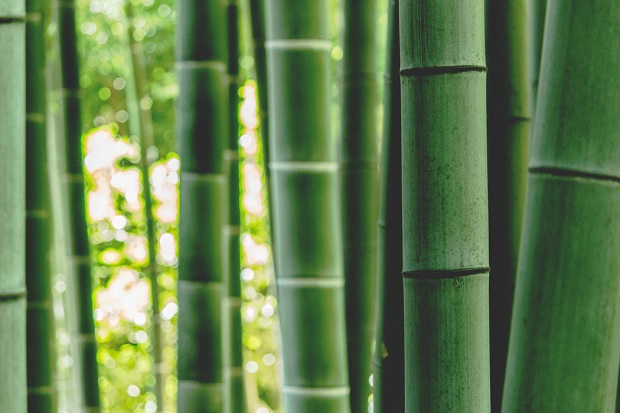Japanese Craft: Embracing Tradition and Design

Japanese Craft: Embracing Tradition and Design
Going through the streets of Osaka, one will find modern stores filled with Manga and Anime on one side and handcrafted sculptures and art pieces on the other. This contrast showcases the rich cultural heritage of Japan, where infatuation with the tradition blends with its idea of being technologically advanced.
A look at those pieces will tell you how contemporary designs have influenced them. Although the materials are new and robust, the designs tell ancient tales. They showcase the influence that the past continues to have on Japanese culture. Let us take a deep dive into this culture and see how well Japanese craft embraces tradition and design.
The Essence of Japanese Craft Lies in Simplicity And Traditional Craftsmanship
While Western perceptions may lean towards associating Japanese crafts with loyalty, the true essence lies in the ordinary objects crafted with ancient techniques. Techniques that allow artists to craft pieces that carry beauty and longevity.
For instance, when lacquerware begins to peel, it can be repainted even after 50 years. Kitsungi is another great art form that takes broken ceramics and gives them a new lease of life by mending the broken areas with a lacquer that can be mixed with powdered gold or silver. Under Kintsugi, a craft piece lasts longer and is able to maintain its beauty.
It is the influence of traditional techniques that has been able to bring such longevity to fruition. Becoming a craftsman itself used to be very difficult. In not-so-ancient times, one had to apprentice under a master to become a craftsman. By the time that apprentice became a journeyman, they had absorbed everything. However, since 1975, things have altered. Productions and workshop centers are running all over the world, and the Promotion of Traditional Craft Industries has been conducting the examination for “Master of Traditional Crafts.”
Despite these shifts in production, modernization hasn’t budged the value of traditional craftsmanship by one bit. Craftsmen still infuse their love into the pieces, and the handcrafted designs still remain sturdy.

The Influence of Nature on Japanese Craft
Beneath the sturdy and sculpted nature of these crafts lies a deep-rooted connection that Japan has with nature.
Japanese mythology has always portrayed nature as an ambivalent character. One that is beautiful and evolving, with the passage of time allowing nature to showcase change, decay, and putrefaction.
One will see the portrayals of change on embroidered folding screens. They often depict the themes of changing seasons, with each of the four panels focusing on a different time of the year. The portrayal of seasons is usually done using animals and plants; a silvery crane, for instance, alludes to winter. Peacocks or pheasants can represent spring. A bright kingfisher is often used to symbolize summer, and chrysanthemums often depict autumn.
Having explored the influence of nature on Japanese crafts, let’s turn our attention to the historical impact, where tales of great empires and Samurai warriors find their artistic expression.
Influence of History on Japanese Crafts
Tales of great empires and Samurai warriors find their way into Japanese crafts. From the depiction of kimono-cladding women finding their way on curtains to references to Samurai on a vase, the historical impact on Japanese artworks is for all to see.
Other historical elements seen in these artworks are rooted in spirituality. Influenced by Buddhism, these art pieces often symbolise the interaction or reaction of an individual with outside forces. The unique iconography showcases an intricate dance between the new and the old, signifying evolution.
Traditional Techniques That Have Persisted Through the Ages
While the master-apprentice routine Japanese craftsmanship was known for has disappeared in most regions, some places and crafts still embrace it. These craftsmen believe that true traditional aesthetics can only be passed down via an unbroken lineage established through the connection between a teacher and a student.
Now, let’s explore some of the traditional techniques that have persisted through the ages, showcasing the enduring spirit of Japanese craftsmanship.
Woodworking and Joinery
Japanese joinery is a legendary practice that does not involve using any metal fasteners. The philosophy is establishing homogeneity and maintaining purity of woodwork, which entails a complete absence of iron.
Not only is this practice able to highlight expert craftsmanship, but it also enhances the quality of the product. The sturdiness and smooth attributes that these works are known for come from Paulownia wood. It is a fast-growing hardwood that grows so fast that, in some regions, a Paulownia tree is planted when a daughter is born, and the tree is cut when she is married.

Pottery and Ceramics
Pottery and ceramics have only recently entered Japanese space. Being a well-wooded country, it often has depended only on wood and its various states. However, Japanese crafts now involve earthenware, stoneware, and porcelain.
Most pottery and woodwork are done through hand modeling, focusing on bringing the natural asymmetry to them.
Textiles and Weaving
Japanese textile and weaving crafts pay ode to the cultures that return to the Heian period. The Samurai culture of the Azuchi-Momoyama period also plays an important role, as does the Edo period’s merchant culture.
Yuzen dyeing is one of Japan’s best traditional dyeing processes. Involving drawing designs on a white fabric with a paste resist before dying, Yuzen dyeing turns a cloth into a canvas. It helps with the creation of delicate features over the fabric.
Nishijin Ori is another Japanese craft that has persisted through the ages. It is a high-quality silk fabric with luxurious designs. Well-regarded, this material is often used to create kimonos and obis.
These traditional techniques have persevered before the Shokunin philosophy. The Shokunin spirit is defined as the act of mastering and preserving one’s craft. It is seen as a social obligation that involves retaining ancient techniques for the benefit of future generations. Even if the master-apprentice relationship has been suppressed in most regions of Japan, the philosophy of preservation continues to persist.
Conclusion
The cultural significance of Japan is there for all to see in their crafts. Highlighting nature and history, these artworks come from the hands of traditional craftsmen who have taken the Sokunin philosophy to heart.
This ideal dictates that even though the materials may change and the ecosystem may evolve, the art style will continue to remain the same. But that’s the beauty of a persistent culture. It transcends space and time, connecting the present with the past.
Guest Article.





